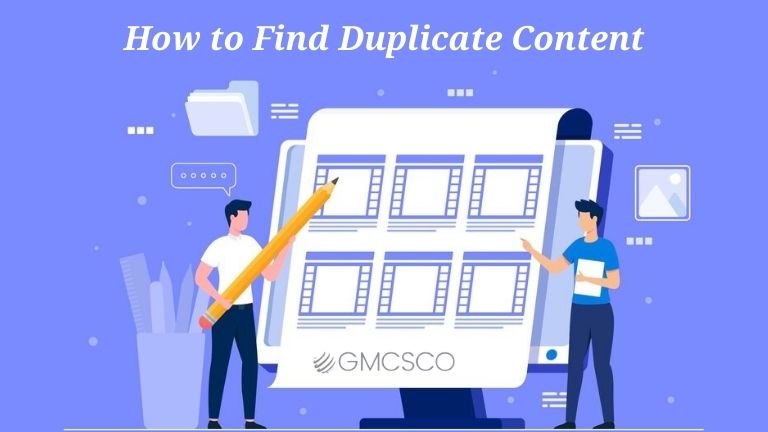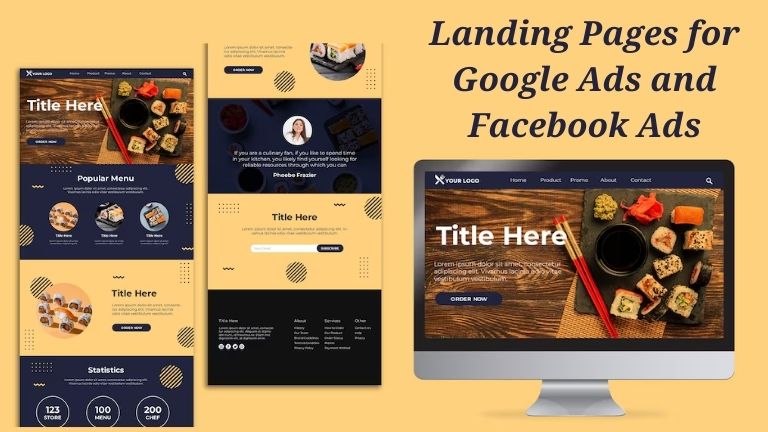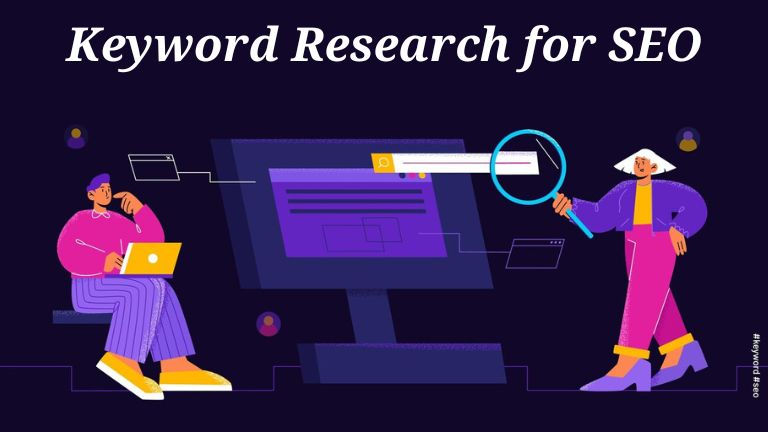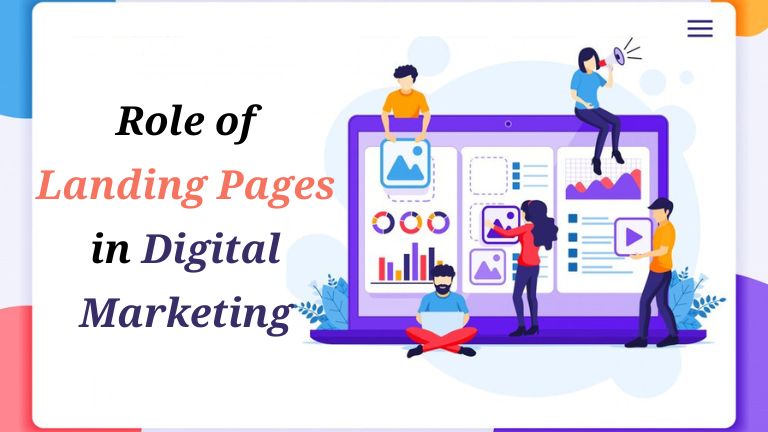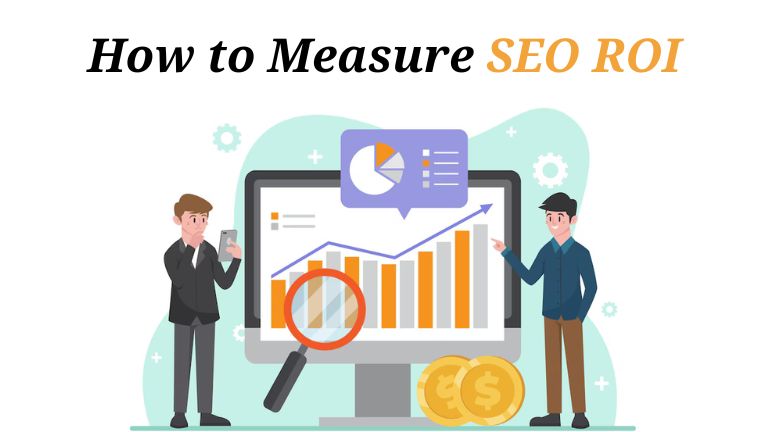How to Find Duplicate Content in Website and Fix It
Duplicate content can negatively impact your website’s performance, affecting search engine rankings and user experience. Addressing duplicate content is crucial for maintaining a healthy website. In this guide, I will walk you through various ways to find duplicate content and provide steps to fix it. Additionally, we will cover some advanced AI tools to help streamline the process. Understanding Duplicate Content Duplicate content occurs when blocks of text or information appear on multiple pages within a domain or across different domains. It can be broadly categorized into: Exact Duplicate Content: Identical content that appears in more than one location. Near-Duplicate Content: Similar content with slight variations, often seen in product descriptions or boilerplate text. Causes of Duplicate Content URL Variations: Duplicate content across different URLs (e.g., with/without “www” or simply http Version vs https version) Session IDs: URLs with session IDs or other tracking parameters. Printer-friendly versions: Different URLs for the printer-version of pages. Scraped or syndicated content: This is essentially any type of copied, scraped from the web and republished on your website. Plagiarism: Copying content from unauthorized sources. Also Read About Importance of content in SEO Finding Duplicate Content Manual Methods Google Search: See how to tell if a page is using duplicate content Copied your website in knockout and pasted the paragraphs into google strategically linked! Here. Google Search: type or paste (by hand) some of the text out of your site’s barrier quotes “Check. This will highlight duplicate text. Site: You can also use some search operators, such as – site:example.com “content snippet” See specific text on your domain. Automated Tools Copyscape: it’s the same as Small SEO in purpose. It will show you a duplicate on your content by comparing them with billions of web pages. Siteliner – A tool finding duplicate content, broken links, and more across all of your site. Screaming Frog SEO Spider – a full-blown crawler that runs through your page and exposes duplicated content, no metadata, etc. AI Tools for Duplicate Content Detection Grammarly: Besides its primary function as a grammar checker, Grammarly also detects plagiarism and duplicate content within your text. Quetext: Uses advanced AI algorithms to identify duplicate content across various online sources. ContentKing: An SEO auditing tool that provides real-time alerts for duplicate content and other on-page SEO issues. Also Read About how to use chatgpt to create content Fixing Duplicate Content Canonicalization: Handle duplicate content effectively using the <link rel=”canonical” href=”URL”> tag. This tag tells search engines which version of a page should be indexed. 301 Redirects: Set up 301 redirects to permanently redirect traffic from duplicate pages to the original page, consolidating ranking signals and improving user experience. URL Parameters Handling: Use Google Search Console’s URL Parameters tool to specify how Google should handle URLs with certain parameters, reducing issues caused by session IDs or tracking parameters. Meta Tags: Utilize meta tags like noindex, follow to prevent search engines from indexing duplicate pages while still allowing them to follow links on those pages. Content Consolidation: Merge similar content into one comprehensive page. This reduces duplication and enhances the quality and depth of your content. Also Read About Best AI SEO tools A More Advanced AI Tool For Duplicates Surfer SEO: This is one of the best AIs out there to help you optimize your content efficacy and an excellent tool for any up-and-coming blogger that will analyze top-performing pages in Google search results, suggesting how to make changes that can turn your page around. MarketMuse: This tool writes with AI and uses big data in your content to give you suggestions on how to make the most of stand-out, unique prose. Clearscope: Enables you to create unique, better content that stands out since it provides data-driven insights and focuses on keyword recommendations for rich, more detailed information. Tips to Duplication of Content UniqAvoid ue and Valuable Content: Generate original and only beneficial content for your followers. It helps against duplication and also increases authority as well as engages more in your website. Regular Audits: Regular website auditing can aid you in recognizing duplicate content and managing it. Automate and streamline using tools like the ones mentioned above. Consistent URL Structure: Make sure to have URL consistency so that you do not create variations of the same URLs leading to dupe content. Use URL rewriting rules (helper). Monitor Syndicated Content: If you syndicate an article to another website, or opinion blog be sure they create a canonical link pointing back to the original piece of the article on your site. Conclusion Duplicate content can significantly hinder your website’s SEO performance and user experience. Understanding its root causes and implementing effective strategies to identify and address it can enhance your website’s visibility and credibility. Utilize the advanced AI tools mentioned to streamline this process and maintain a robust online presence. Regular audits and adherence to best practices will ensure your content remains unique and valuable, helping you achieve long-term success in the digital landscape. Also Read About how to measure SEO ROI
How to Find Duplicate Content in Website and Fix It Read More »

